
TRIFORCE® makes your work on the jobsite easier. It offers many features that can help you get your jobs done quicker, reduce overall construction costs and make it easy for your framers to use. Learn all about the TRIFORCE® features and benefits in this section of the blog.
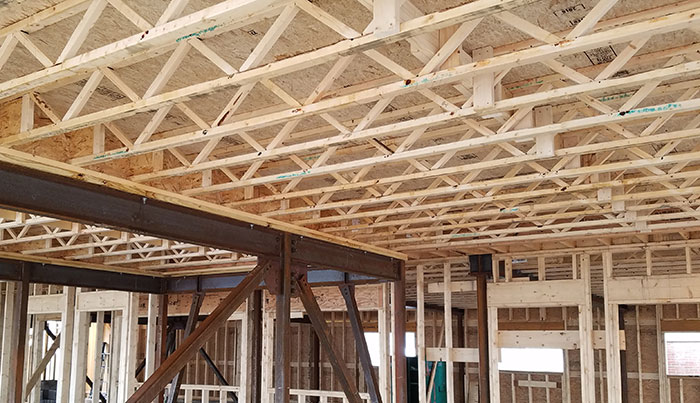
This is part 2 of a post about why you should use open web joists in your construction projects. See part 1 called Open web design is open to the future. Previously on this subject, I talked about how open web joists like TRIFORCE® eliminate the need to drill holes to pass ducts and plumbing. Without a … Continued
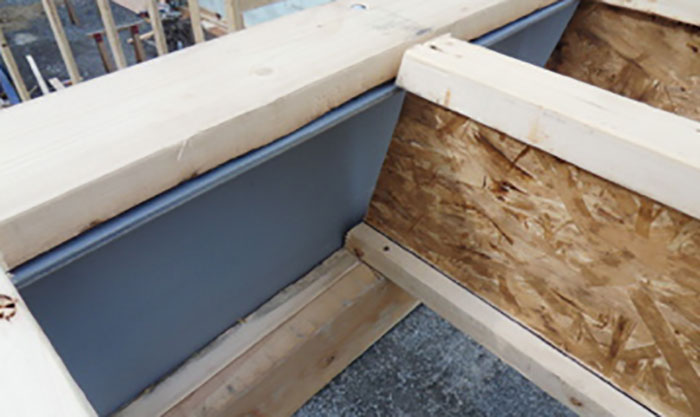
Travelling to construction sites in the US and in Canada, I’ve noticed each country has a preferred wood-joist-to-steel connection method. These two methods are called slope cut and top mount. Wood to steel used more often In both Countries, I see steel being used more and more often in residential projects. House sizes have been … Continued
If I told you that open joist TRIFORCE® can be used for stair girders, the first thing you might think is “Ok, but why?” Keep with open design! In two words: open design. We’ve often said it in this blog: 0pen Joist TRIFORCE® has an open design that allows you to run Plumbing, Electricals and … Continued
Lately, we’ve been working on quite a few flat roofs for multifamily projects. While most roof structures in this category of building are made from dimensional lumber, MDUs with flat roofs tend to be framed with either dimensional lumber or plated trusses. So, how did we convince the multifamily project designers to use Triforce® for … Continued
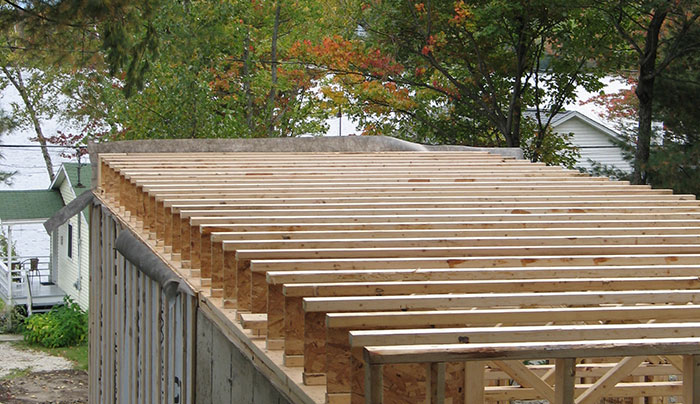
Building with engineered wood floor systems allows wider spans, greater strength, and far more design possibilities than traditional sawn lumber. Using engineered wood is somewhat more complex, though. Here are some recommendations for engineered wood floor system installation. Use the manufacturer’s recommended hangers and fasteners Joist applications can vary, and there are hangers and fasteners for … Continued
Install a series of joists, secure floor sheathing on top of them and you have a floor. But, for it to be an effective floor system, there’s more to it than that. At TRIFORCE®, we aim to create floor systems that surpass industry standards, providing strength, durability, and comfort. Here are the main elements in … Continued
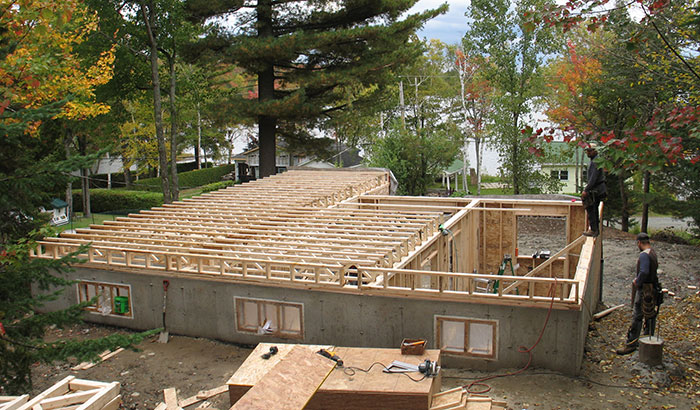
When it comes to designing and installing a floor system, having strength as well as deflection and vibration performance at lowest possible cost is a natural objective. But there are also logistical considerations that come into play. Any one of these can impact your project either time-wise or cost-wise. Locations of Electrical, Plumbing and HVAC … Continued
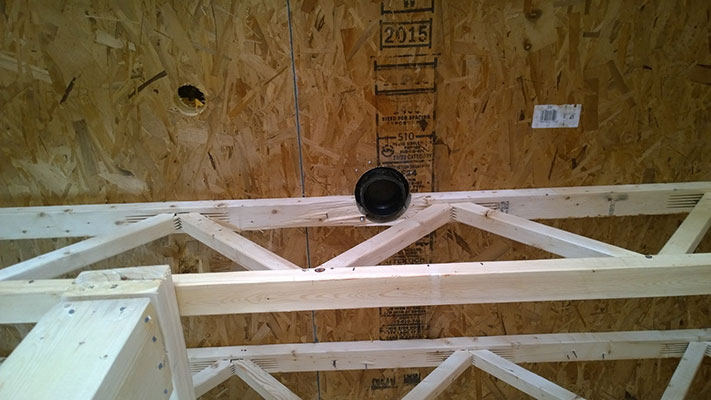
Manufacturers of engineered wood floor joists are unanimous on this point. Never, ever notch a floor joist or bore through the chords. Upper chord or lower chord, notching is prohibited because it could cause the joist to fail. Yet joist frequently get mistreated this way. Why? How can we avoid notching floor joists altogether? Planning … Continued
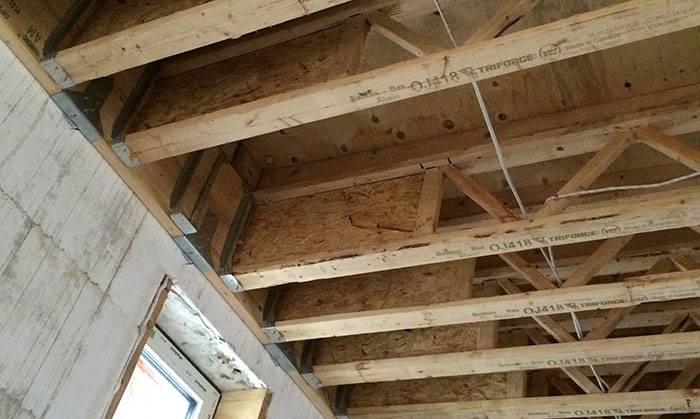
Sometimes hastily taken on-the-spot decisions can start nagging you immediately and not let go. This was the case for one builder on one of my recent calls. A duct chase In this project involving TRIFORCE® open joist, the builder removed a joist to accommodate a duct chase. In the above photo you can see chase’s … Continued
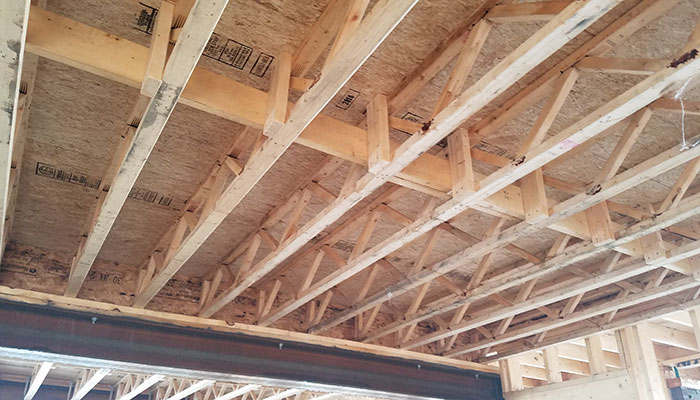
You can go a long way in creating a quality living environment in multifamily units through careful attention to floor assemblies. Improved quality can also reflect positively on your reputation as a builder. In this post, I’ll talk about how to reduce floor vibration, one of the more frequent occupant complaints in multifamily construction. Reduced … Continued